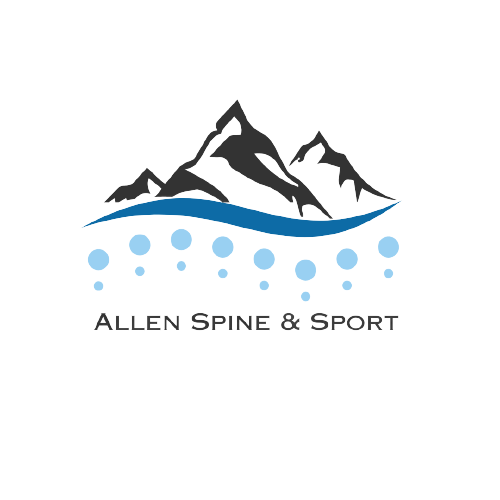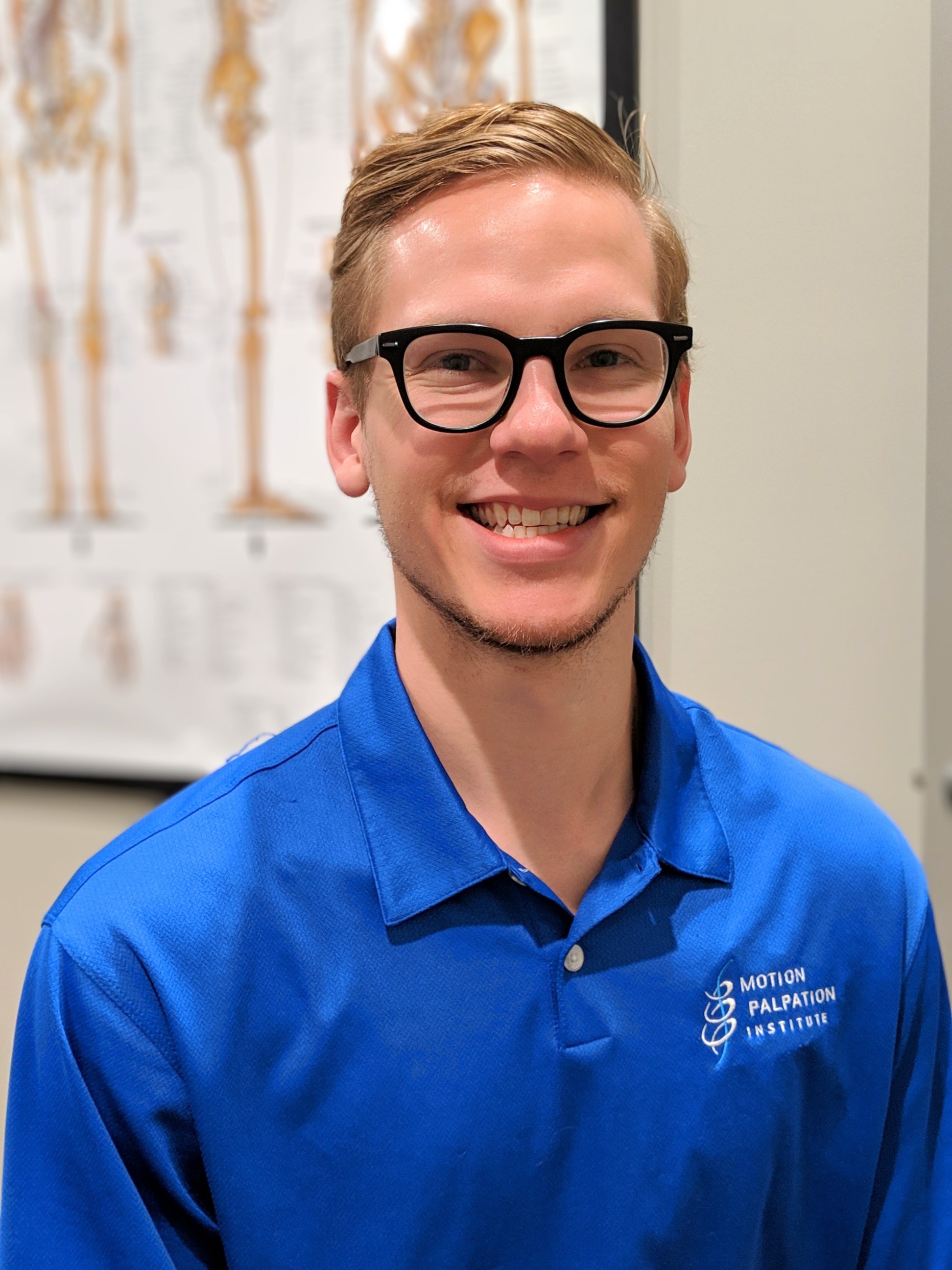Shoulder Pain After a Car Accident
If you’ve recently been in a car accident and instead of saving 15% on car insurance by switching to Geico you ended up with shoulder pain, then read on! There can be multiple causes of shoulder pain after a car accident. Some causes are from the trauma itself, while others are more of a sleeping dog that become aggravated due to the accident. Here are some of the most common causes and what to do in each case:
1. Rotator cuff tear or tendonopathy
a. The rotator cuff consists of 4 muscles and tendons that control how the humerus (arm bone) fits into the scapula (shoulder blade). These 4 muscles are the supraspinatus, infraspinatus, subscapularis and teres minor. A rotator cuff tear is characterized by a specific appearance and palpation on examination, and also with significant muscular weakness. Diagnosis of a rotator cuff tear requires a thorough exam and sometimes some further imaging such as an MRI or diagnostic ultrasound. A full thickness rotator cuff tear will require surgery, while a conservative trial of care may be a potential option for partial tears. The goal in that case would be to avoid further injury but also loading the tendons in a stable and controlled way through rehabilitative exercises. Rotator cuff tendonopathy results from a trauma or repetitive injury that leads to degeneration or “fraying” of one or more of the rotator cuff tendons.
2. Shoulder impingement
a. Shoulder impingement refers to pinching of the rotator cuff tendons, most commonly the supraspinatus tendon, underneath the acromion (top of shoulder blade) in what’s called the subacromial space. The two most common causes of shoulder impingement are a type 3 hooked acromion and AC joint osteoarthritis (OA). Osteoarthritis in any joint is best described as “gray hairs in your joints” as it occurs as we age. However, a trauma or repetitive injury can speed up this process, and the AC joint is an especially difficult place to have OA because there is very little blood supply to the joint. A type 3 hooked acromion is an anatomic anomaly that results from improper development in the first year of life. Once it occurs, there is no reversing its presence except through surgery, but it doesn’t always cause rotator cuff impingement. A thorough exam and x-rays would be required to officially diagnose a type 3 hooked acromion or AC joint OA, although a short trial of care prior to imaging certainly wouldn’t be contraindicated.
3. Bicipital tendonopathy
a. Bicipital tendonopathy occurs in a similar process as rotator cuff tendonopathy. It is a degenerative process to the biceps tendon that can be caused by trauma, repetitive injury or overuse and requires a well-designed rehabilitative program of loading exercises coupled with joint stabilization. The diagram below shows all the anatomy discussed so far.
4. AC sprain
a. A sprain refers to an injury to a ligament while a strain refers to an injury to a tendon or muscle. The AC joint has no muscular attachments but is surrounded and protected by ligaments. As previously mentioned, the AC joint doesn’t have great blood supply so the healing process is much more challenging and can be significantly slower. Treatment typically involves multiple different approaches to increase blood flow to the area and also to optimize movement everywhere around the AC joint. In particular, stabilization of the scapulae and freely moving joints of the spine are very important.
5. Thoracic outlet syndrome
a. Thoracic outlet syndrome (TOS) can be caused by a few different things. One cause is entrapment of some of the nerve roots and blood vessels of the neck between either the scalene muscles or under the pectoralis minor muscle. These muscles can become tight and swollen and prevent free motion of those structures. Another cause is impingement between the clavicle and first rib due to thickening of the fascial band that connects the two. Most patients presenting with TOS are between 20-60 years old and females are 9 times more likely to have TOS than males. Having a cervical rib is also a possible cause of TOS, although only 1% of the population has them and <10% of those that do have them experience TOS. Symptoms include pain, numbness, tingling and weakness most commonly in the distribution of the ulnar nerve which is the inside of the arm and forearm and the pinky finger. Treatment typically involves joint manipulation to any palpated joint restrictions, joint stabilization exercises to optimize the muscular activation around the dysfunctional areas and potentially neural mobilization (nerve flossing). Neural mobilization should be thought of as taking the nerves and pretending they are strings that should normally thread through muscles from their origin in the spinal cord to their distal muscles or other structures. If those strings get caught somewhere along the line, they need to be continually but slowly be moved through that tissue to “break free.”
6. Labral tear
a. The labrum of the shoulder is the outer layer of the part of the scapula that the humerus attaches to. The labrum is made of cartilage and contributes significantly to stability of the shoulder as it increases the size of the “bowl” that the humerus fits into. A torn labrum is caused by a trauma that typically involves a jamming of the shoulder going backwards such as a fall, a car accident or a repetitive injury. There are a specific set of diagnostic tests and clinical characteristics that exist for determining if a patient has a labral tear, and it is very important to be seen by a professional for proper evaluation and diagnosis. A partially torn labrum can sometimes respond to a conservative trial of care involving joint manipulation to surrounding areas of stiffness, joint stabilization exercises for the scapula and several different ways to increase blood flow to the area such as instrument-assisted manual therapy or dry needling. If the labral tear is large or doesn’t respond to a short (6-8 week) trial of care, then the next steps need to be taken as far as injections and/or surgical consultation.
Dr. Forrest Allen is a sports chiropractor and co-owner at Allen Spine and Sport. He has a passion for integrating spinal and extremity joint manipulation, manual therapies like dry needling, fascial manipulation, etc., and rehabilitative exercises founded in Dynamic Neuromuscular Stabilization (DNS). Visit our website and give our office a call!
References:
1. Current Best Practice Assessment of TOS. (2018, March 10). Retrieved from https://chiroup.com/current-best-practice-assessment-of-tos/
2. Shoulder impingement syndrome. (2019, May 17). Retrieved from https://en.wikipedia.org/wiki/Shoulder_impingement_syndrome#/media/File:Shoulder_joint.svg


